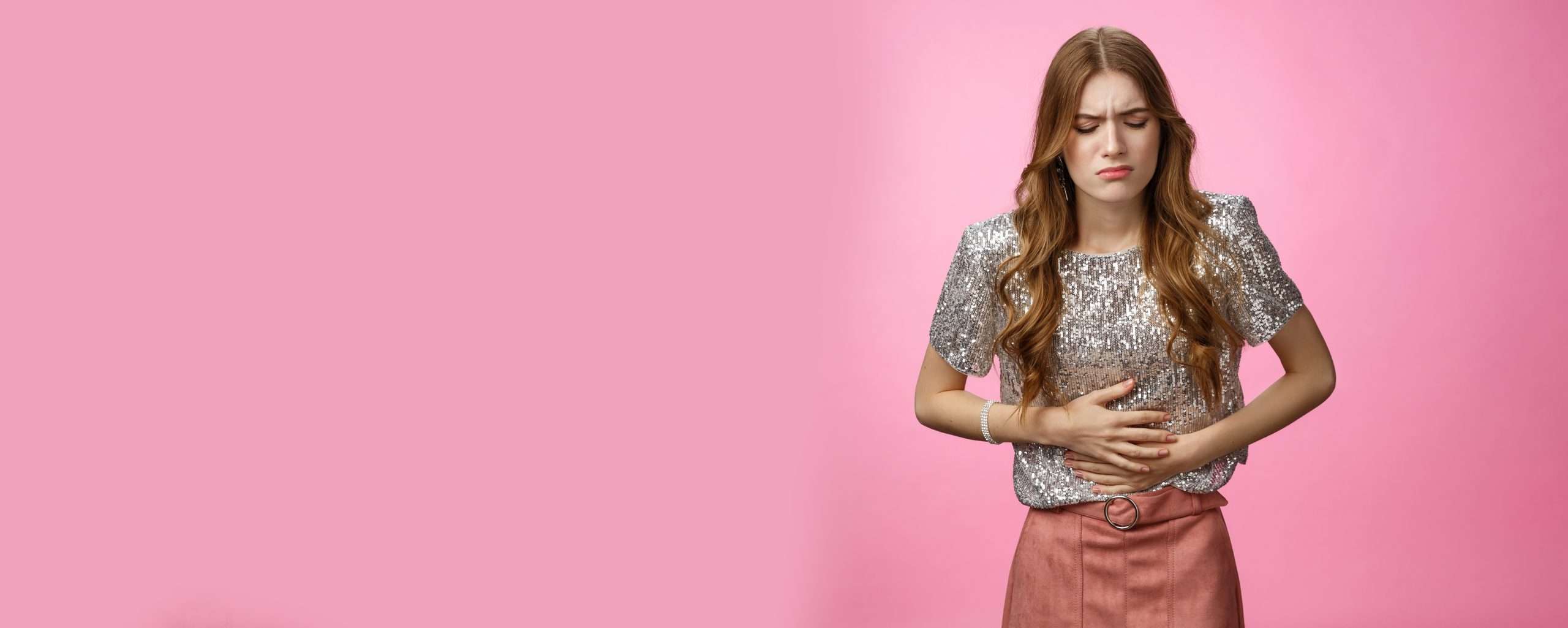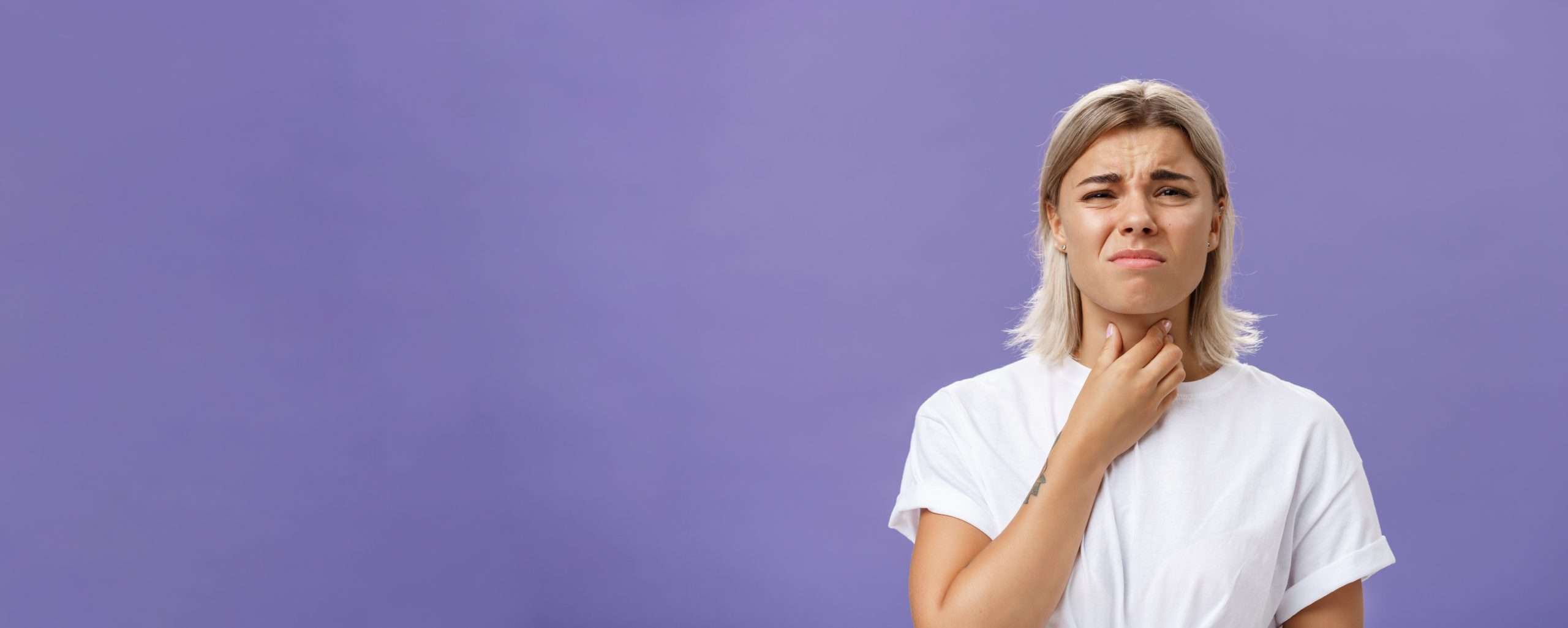Red light therapy (RLT), also known more specifically as low-level laser therapy (LLLT) or photobiomodulation (PBM), has been gaining attention as a potential non-invasive treatment for a variety of health conditions, from skin rejuvenation to pain relief. There’s recently been some growing interest in whether RLT could benefit thyroid health, particularly in improving thyroid function or alleviating symptoms of thyroid disorders. With thyroid conditions affecting millions of people worldwide, some people are exploring alternative therapies like RLT to complement conventional treatments.
However, along with the interest, several misconceptions about red light therapy have emerged. The goal of this article is to separate myths from facts and provide a balanced, evidence-based perspective on the relationship between red light therapy and thyroid health.
How does Red Light Therapy (RLT) actually work?
Before we look at the myths and facts, let’s briefly lay out the science behind RLT.
Red light therapy is a non-invasive treatment that uses low-level wavelengths of red or near-infrared light to stimulate cellular function. This therapy has been used in various medical and cosmetic fields, such as accelerating wound healing, reducing inflammation, and improving skin conditions.
The therapy works by penetrating the skin to reach cells, particularly the mitochondria, which are often referred to as the “powerhouses” of cells. When these cells absorb light at specific wavelengths (typically between 630–660 nanometers for red light), they produce more energy in the form of adenosine triphosphate (ATP). Increased cellular energy can lead to various beneficial effects, including tissue repair and reduced inflammation.
Although red light therapy has been studied for many health applications, its potential effects on thyroid health have sparked a unique interest, particularly in individuals with thyroid conditions like hypothyroidism (thyroid underactivity) caused by Hashimoto’s thyroiditis in particular.
In the rest of this article, we will learn more about red light therapy for thyroid health through a series of myths and facts.
Myth #1: Red Light Therapy Can Cure Thyroid Disorders
The idea that red light therapy can completely cure thyroid disorders is simply false. This misconception likely stems from anecdotal reports and limited studies suggesting that RLT may help improve certain aspects of thyroid function. However, it’s important to clarify that red light therapy is not a cure for thyroid conditions.
Thyroid disorders are complex and often involve multiple factors, including genetics, autoimmune reactions, and hormonal imbalances. While red light therapy may provide some therapeutic benefits, it cannot address the root causes of thyroid dysfunction. Claims that RLT can replace the need for medical treatments are not supported by the broader scientific community or clinical practice. For individuals with thyroid disorders, particularly those requiring hormone replacement therapy, proper medical supervision is absolutely vital.
Fact #1: Red Light Therapy May Help Improve Thyroid Function
While red light therapy is not a cure for thyroid disorders, scientific research suggests that it may help improve thyroid function, particularly in individuals with Hashimoto’s thyroiditis, also known as chronic autoimmune thyroiditis (CAT).
Over the course of about a decade, a group of researchers in Brazil conducted a series of studies investigating the potential of low-level laser therapy for the treatment of hypothyroidism caused by chronic autoimmune thyroiditis. They began with a pilot study, published in the Lasers in Surgery and Medicine journal in 2010, which showed promising results—patients needed less levothyroxine (LT4) medication, their thyroid antibodies decreased, and ultrasound scans showed improvement in thyroid tissue. Next, they conducted a randomized, placebo-controlled clinical trial, published in the Lasers in Medical Science journal in 2013, that confirmed these findings: patients who received LLLT needed lower doses of LT4, had fewer thyroid antibodies, and showed better thyroid tissue health compared to a placebo group. Finally, a long-term follow-up study, published in the International Journal of Endocrinology in 2018, looked at the effects six years later. It showed that LLLT was safe and continued to help patients by reducing their need for medication.
Myth #2: Red Light Therapy Can Replace Thyroid Medication
Another common myth is that red light therapy can replace thyroid hormone medications, such as levothyroxine or other hormone replacement therapies. This is not only inaccurate but potentially dangerous, as it may lead people to abandon medical treatments.
Thyroid hormone replacement is often a lifelong necessity for people with conditions like hypothyroidism, where the thyroid gland fails to produce enough hormones. Stopping medication without medical advice can lead to serious health consequences, including worsening of symptoms like fatigue, weight gain, depression, and even cardiovascular problems.
Fact #2: Red Light Therapy Can Be Used Alongside Conventional Treatments
Red light therapy may offer supportive benefits, but it should never be viewed as a substitute for prescribed thyroid medication. Instead, it is best considered as a complementary therapy that can be used alongside traditional treatments to potentially enhance overall thyroid function. Consulting with a healthcare provider before making any changes to thyroid medication or treatment plans is essential.
Myth #3: Red Light Therapy Works for Everyone with Thyroid Problems
It’s easy to assume that if red light therapy works for one person, it will work for everyone with thyroid issues. Unfortunately, this isn’t the case. While some studies show promising results, not all individuals respond to red light therapy in the same way. This variation can depend on several factors, such as the wavelength of light used, the consistency of therapy, severity of the thyroid condition, the individual’s overall health, and how their body reacts to the treatment.
Fact #3: Red Light Therapy is Safe When Used Correctly
For most people, red light therapy is considered a safe, non-invasive treatment when used properly. However, those with certain conditions—such as photosensitivity disorders, or those taking photosensitizing medications—should exercise caution .
The main risks associated with RLT are linked to improper use, such as overexposure to light or using devices that emit inappropriate wavelengths. Side effects are rare and typically mild, such as temporary redness or irritation of the skin. To ensure safety, it’s best to follow manufacturer guidelines for duration and frequency of treatment sessions. Most studies recommend short sessions (5-20 minutes) several times a week for optimal benefits.
Myth #4: Red Light Therapy Produces Immediate Results
Another myth surrounding red light therapy is that it will produce fast or immediate results for thyroid health. This is often fueled by online claims or testimonials that describe rapid improvements after just a few sessions. In reality, while some individuals may notice small changes early on, significant improvements in thyroid function or symptom relief typically take time.
Studies suggest that it may take several weeks of consistent red light therapy sessions before meaningful improvements are observed. Patience is essential when using red light therapy, especially for chronic conditions like thyroid dysfunction. Rushing the process or expecting immediate results can lead to disappointment, whereas consistent use over time, in combination with conventional treatments, may yield more positive outcomes.
Fact #4: Red Light Therapy May Help Alleviate Fatigue Associated with Thyroid Conditions
Fatigue is a common symptom of thyroid disorders, especially hypothyroidism. Red light therapy has been studied for its ability to increase energy levels by enhancing mitochondrial function. As mentioned earlier, the mitochondria, also known as the “powerhouses” of cells, are instrumental in energy production. By stimulating these cells with red light, ATP production is boosted, leading to increased cellular energy.
For individuals with thyroid-related fatigue, red light therapy may provide a natural boost in energy by improving overall cellular function, making it a useful complementary treatment to address one of the most debilitating symptoms of thyroid dysfunction.
Myth #5: Red Light Therapy Is a New, Experimental Treatment
Many people believe that red light therapy is a new, untested treatment option. In reality, RLT has been researched for decades and is based on principles that have been studied since the 1960s. Red light therapy is, in fact, neither experimental nor untested. It has been approved by the FDA for certain uses, such as wound healing and skin treatments. When it comes to thyroid health, some studies show promising results, although more research is still needed to fully understand its effectiveness and long-term outcomes.
Fact #5: Red Light Therapy May Improve Skin Health in People with Thyroid Problems
Thyroid disorders, particularly hypothyroidism, can have a significant impact on skin health, leading to dry, rough, or thinning skin. Red light therapy is already well-known for its benefits in improving skin conditions by stimulating collagen production, enhancing cellular repair, and improving blood circulation.
For individuals with thyroid issues, red light therapy may offer a dual benefit. It can not only potentially support thyroid function but also help address the skin problems commonly associated with thyroid dysfunction. Studies show that red light therapy can improve skin elasticity, reduce inflammation, and promote wound healing, which can be particularly beneficial for those with compromised skin due to thyroid-related hormonal imbalances.
Key takeaways
- Some studies have demonstrated that RLT can improve thyroid function, reduce inflammation, and enhance cellular energy.
- As more research is conducted, the future of red light therapy for thyroid health looks promising, but there are still many unanswered questions.
- Until there is more robust data, it’s important to approach RLT with realistic expectations and to use it as part of a broader treatment plan, always under the supervision of a healthcare provider.
- In the coming years, as more evidence accumulates, red light therapy may become a more widely accepted complementary treatment for thyroid health.
- Always speak to your doctor or endocrinologist before starting any new treatment, especially if you are already on thyroid medications.




